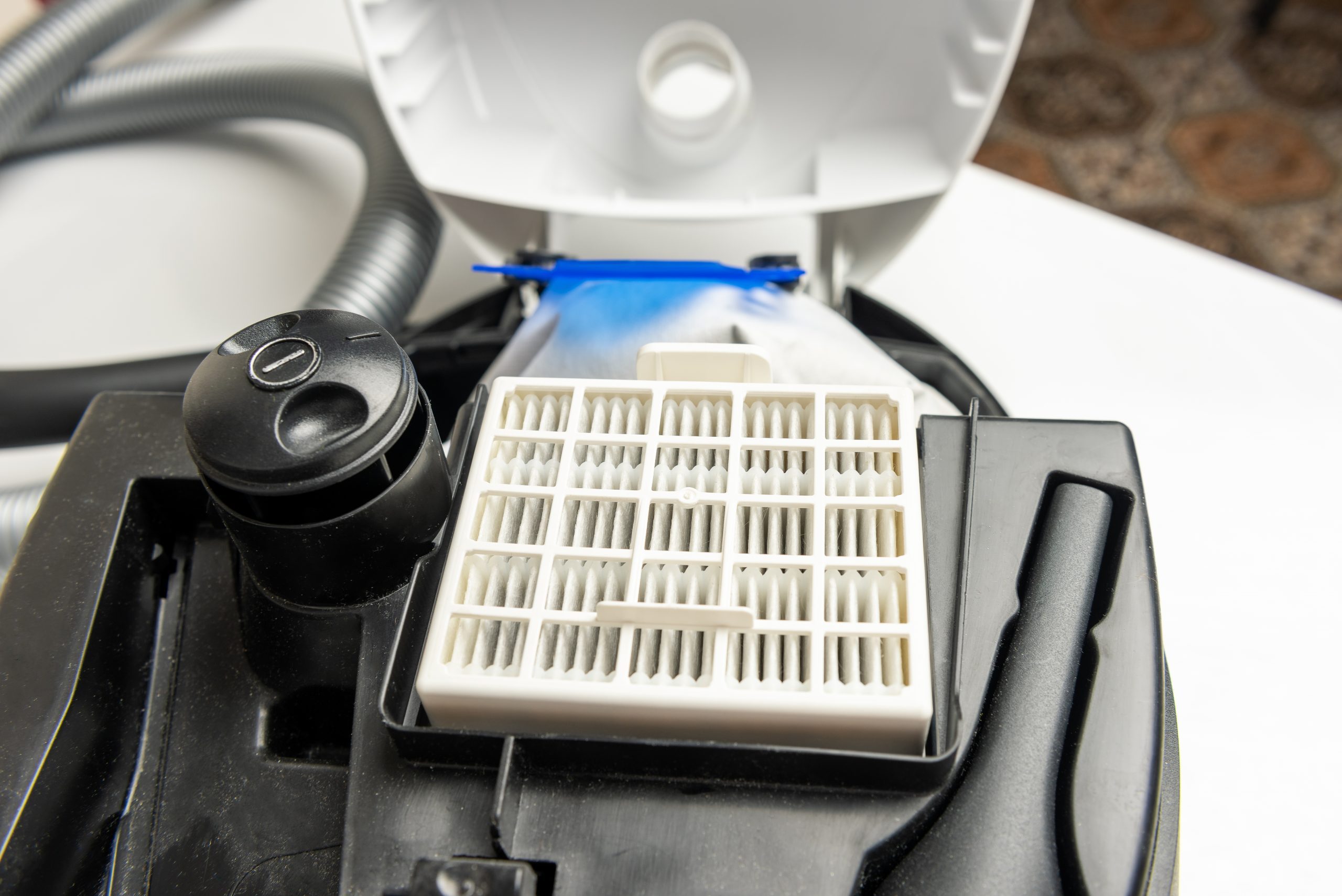It's one that can filter the smallest particles you can imagine out of the air you and your family breathe.
Our editors and experts handpick every product we feature. We may earn a commission from your purchases.Learn more.


It's one that can filter the smallest particles you can imagine out of the air you and your family breathe.
Our editors and experts handpick every product we feature. We may earn a commission from your purchases.Learn more.
If the coronavirus taught us anything, it’s the importance of clean air, though many homeowners understood this well before the first lockdown orders.
Indoor air is full of contaminants — mold spores, bacteria and other pathogens. That’s in addition to lead paint particles and pet dander that might be floating around some homes.
HEPA filtration is an important defense against indoor air pollution. It’s long been used to control allergens that trigger sneezing, coughing and watering eyes.
HEPA filtration was initially developed in the 1940s to protect workers at nuclear facilities. It came into use in hospitals in the 1960s, then into homes and commercial buildings. Portable air purifiers, vacuum cleaners and some central air conditioning systems employ HEPA technology.
Older non-HEPA vacuums, like I used in drywall work, sucked up the big stuff but tended to blow small particles back into the air. When you’re dealing with lead paint dust, mold spores and the like, that’s even more dangerous than leaving them undisturbed. That’s why the Environmental Protection Agency established the Renovation, Repair and Painting (RRP) rule, mandating HEPA vacuums for cleaning up after renovation work.
On This Page
High Efficiency Particulate Air. The EPA defines a HEPA filter as one that removes 99.7% of particles in the air in the range of 0.3 micrometers, or microns. That’s a diameter of 300 nanometers, smaller than the wavelength of visible light. So we’re talking really tiny particles.
Central air system filters have a Minimum Efficiency Reporting Value (MERV) ranging from one to 16. The higher the MERV, the more efficient the filter. A HEPA filter, made of fiberglass, polypropylene or borosilicate glass fibers, is more efficient than any MERV filter and captures particles three ways:
One that accepts a HEPA filter. A HEPA vacuum is sealed and doesn’t allow air to pass anywhere except through the filter.
In a HEPA vacuum, the filter is mounted in an airtight casing that forces air to pass through it. The bag or collection chamber, as well as the motor exhaust, are sealed. Without these features, the filter would catch many of the finest particles, but not all. The ones it didn’t catch would recirculate back into the room.
If you install a HEPA filter on a non-HEPA vacuum cleaner — many are available and are sometimes sold as “HEPA-style” vacuums — you probably won’t void the product warranty. But you could be fined if you’re working in a commercial setting, because it violates EPA rules.
Just because a vacuum cleaner carries the HEPA label doesn’t guarantee it contains a true HEPA filter. Many HEPA-type filters look like true HEPA filters but capture a smaller percentage of particles in the 0.3-micron range.
A true HEPA filter has been tested to ensure it filters out 99.7% of these particles. Test results are printed on the filter label, along with a serial number.
As you might expect, a HEPA filter clogs more easily than a non-HEPA filter and must be replaced more frequently. This might lead you to ask whether you really need one, and the answer isn’t always yes.
In an average home with no one particularly sensitive to allergens, a non-HEPA vacuum does the job with a lot less bother. However, a HEPA vacuum is better in the following circumstances:
Several trusted manufacturers, including Hoover, Bissel, Miele and Dyson, manufacture HEPA vacuums. If you’re in the market, you won’t have any trouble finding one. Here are three of the best:
The Hoover Hushtone is a professional-grade bagged vacuum suitable for the most heavy-duty cleaning jobs.
Dyson’s V11 Torque Drive comes with all the attachments for cleaning floors, drapes and upholstery. It’s small enough to hang on the wall in your cleaning closest. It’s the one we use in our home. It’s pricey, but we think it’s worth it.
Whether you’re cleaning up after a drywall project or vacuuming the kitchen floor, the affordable Vacmaster Pro can handle it.